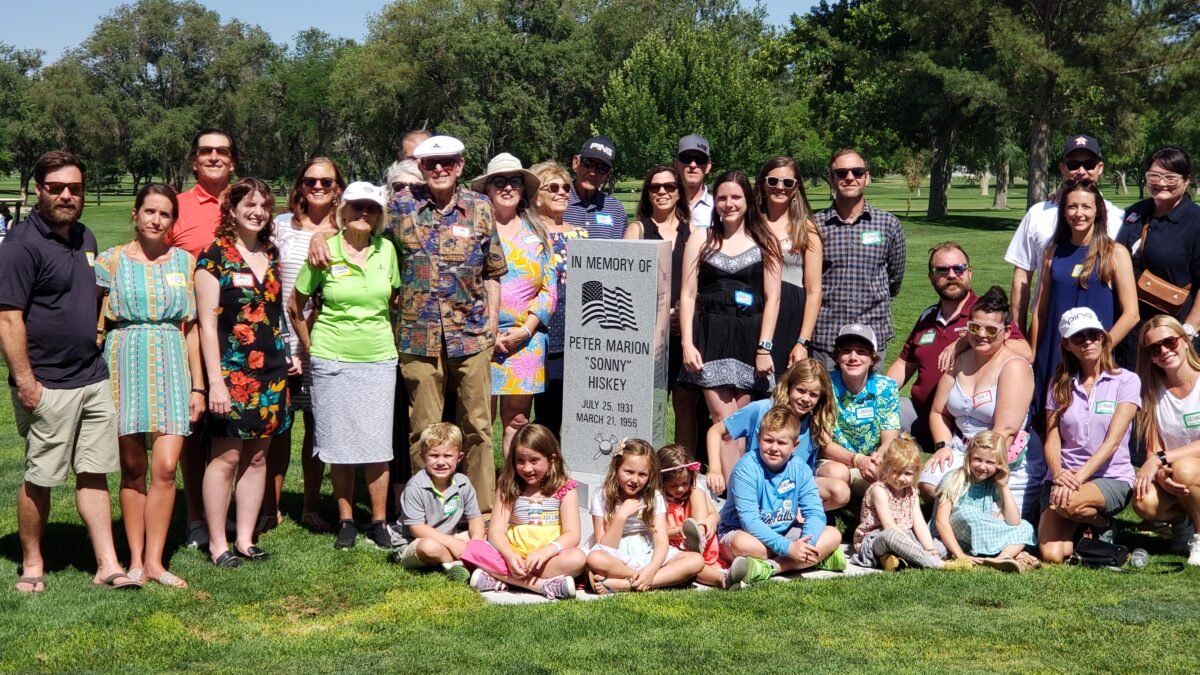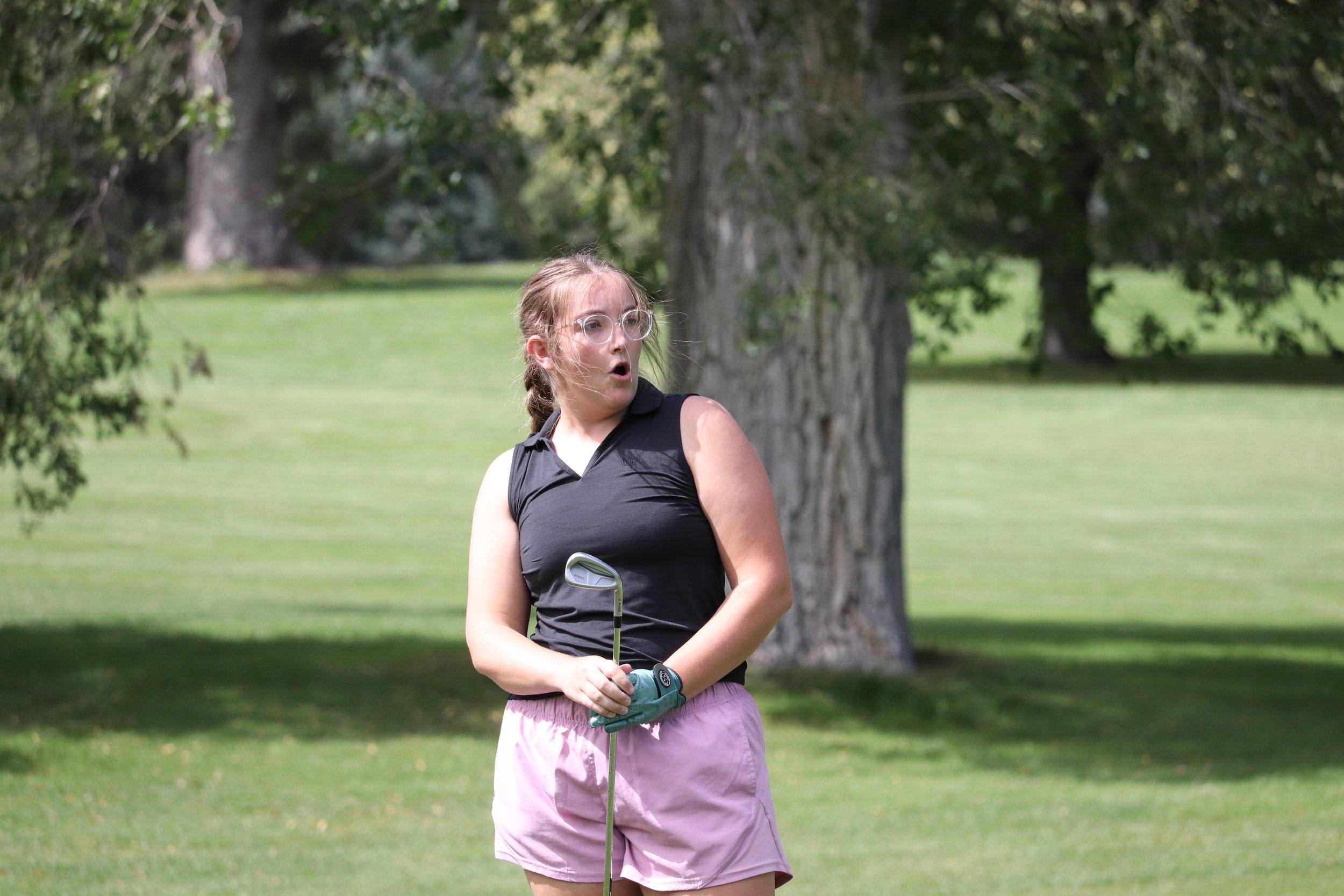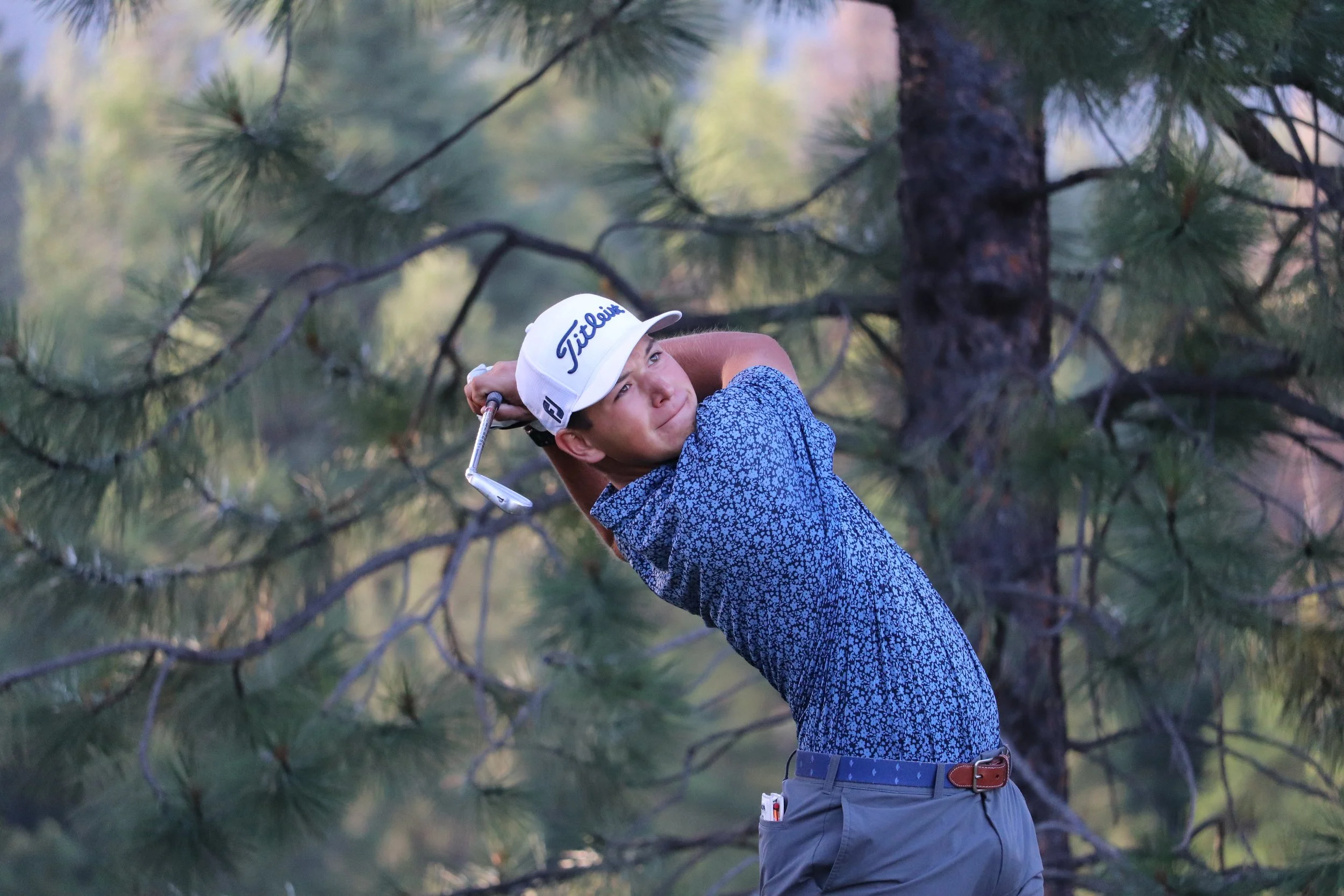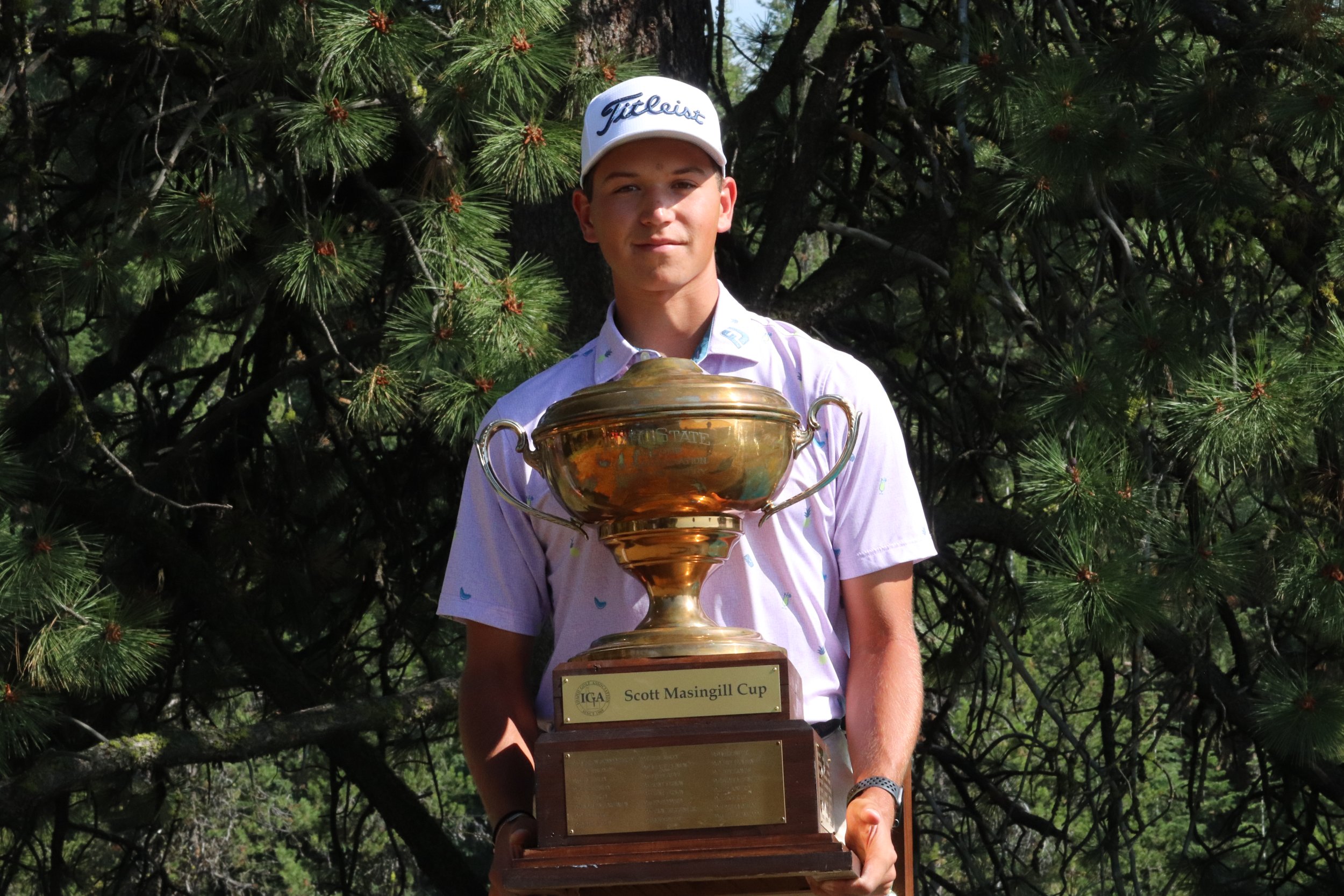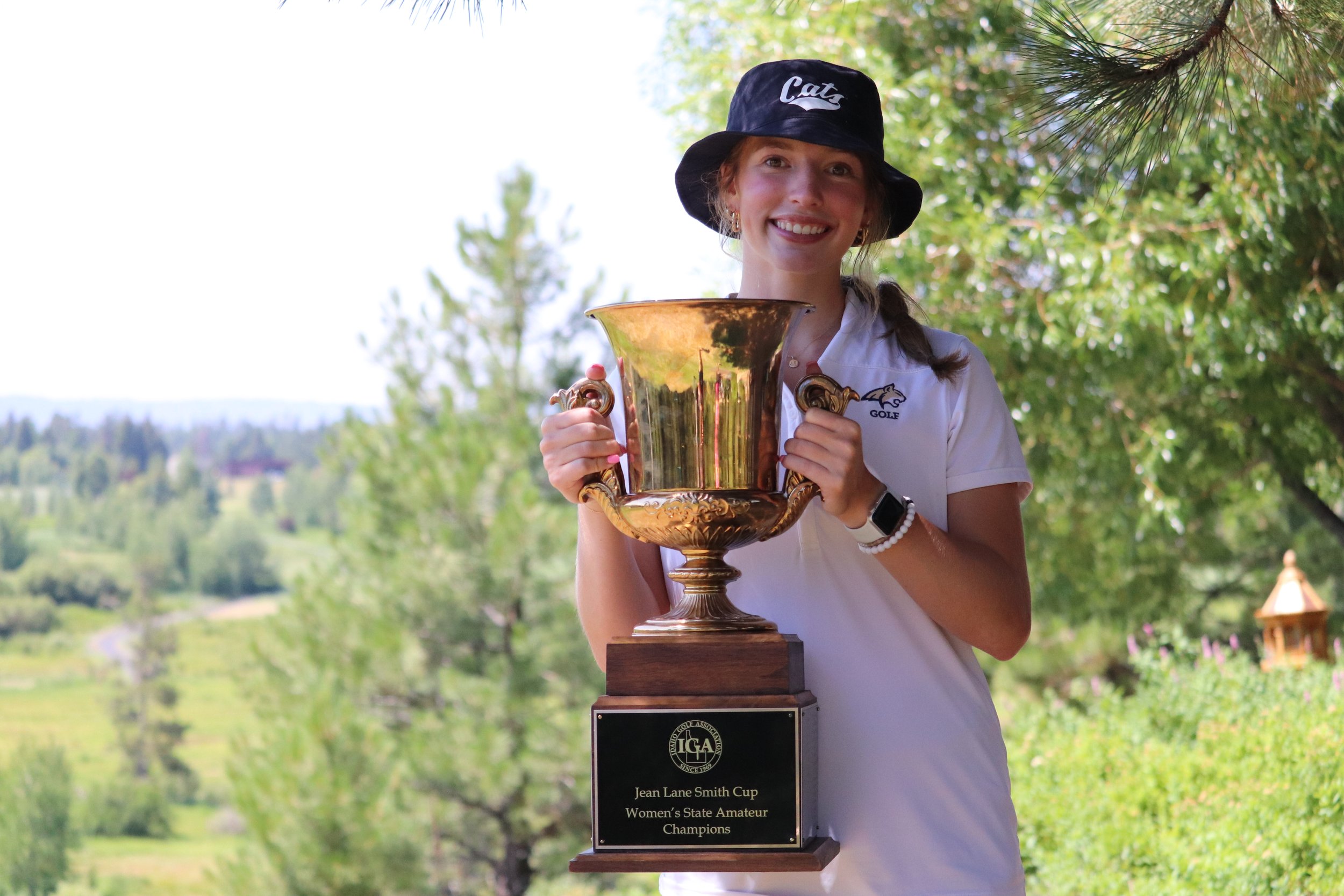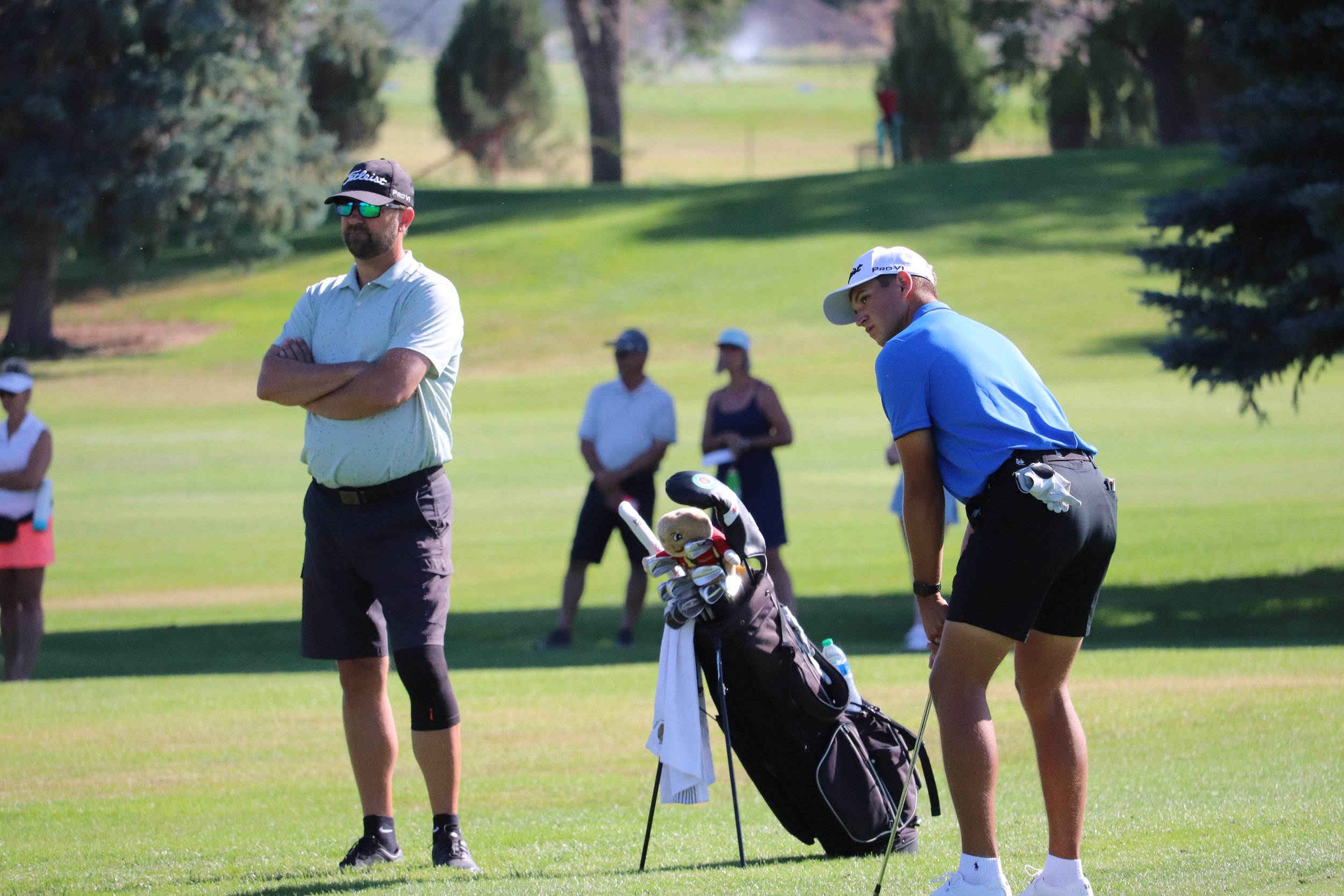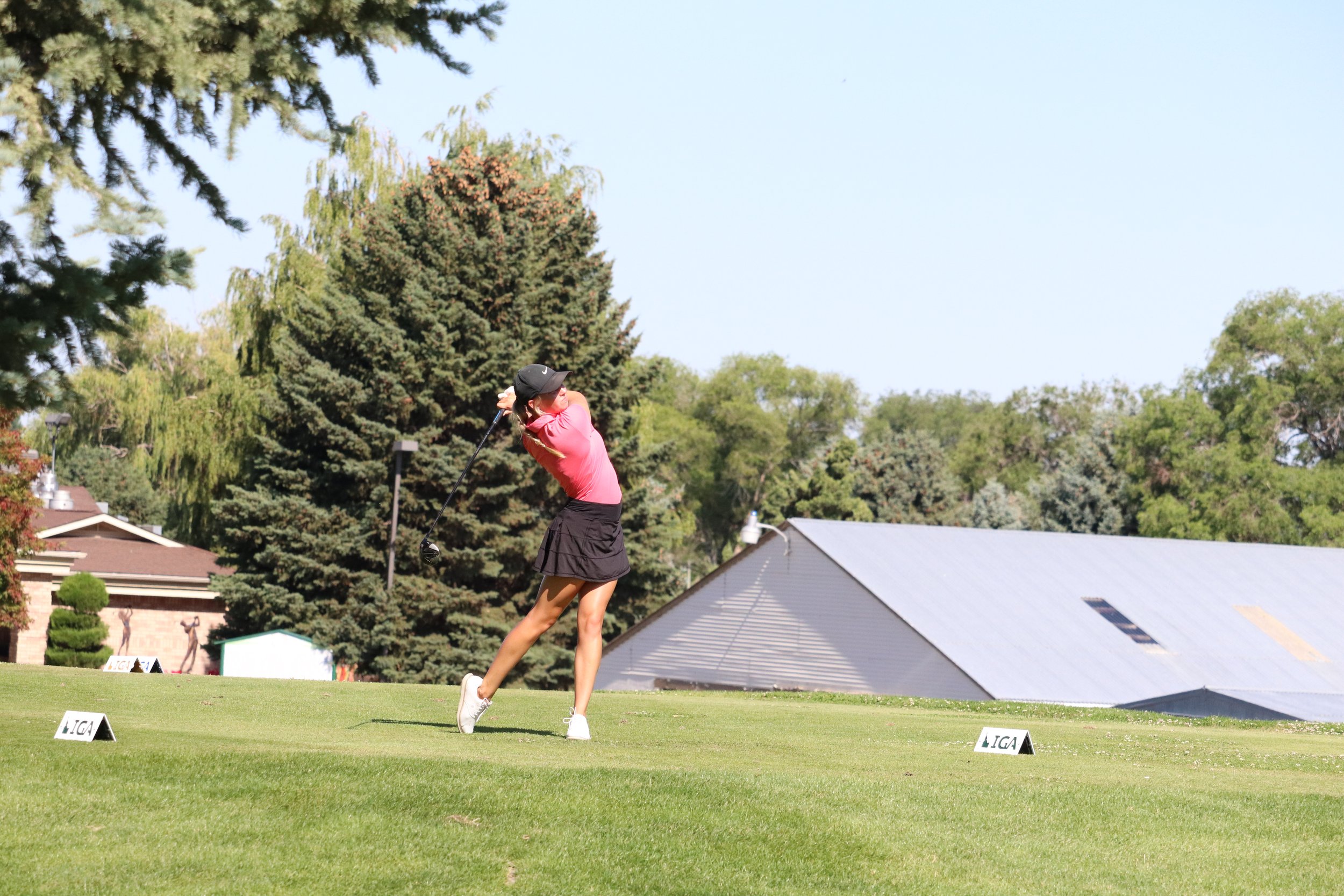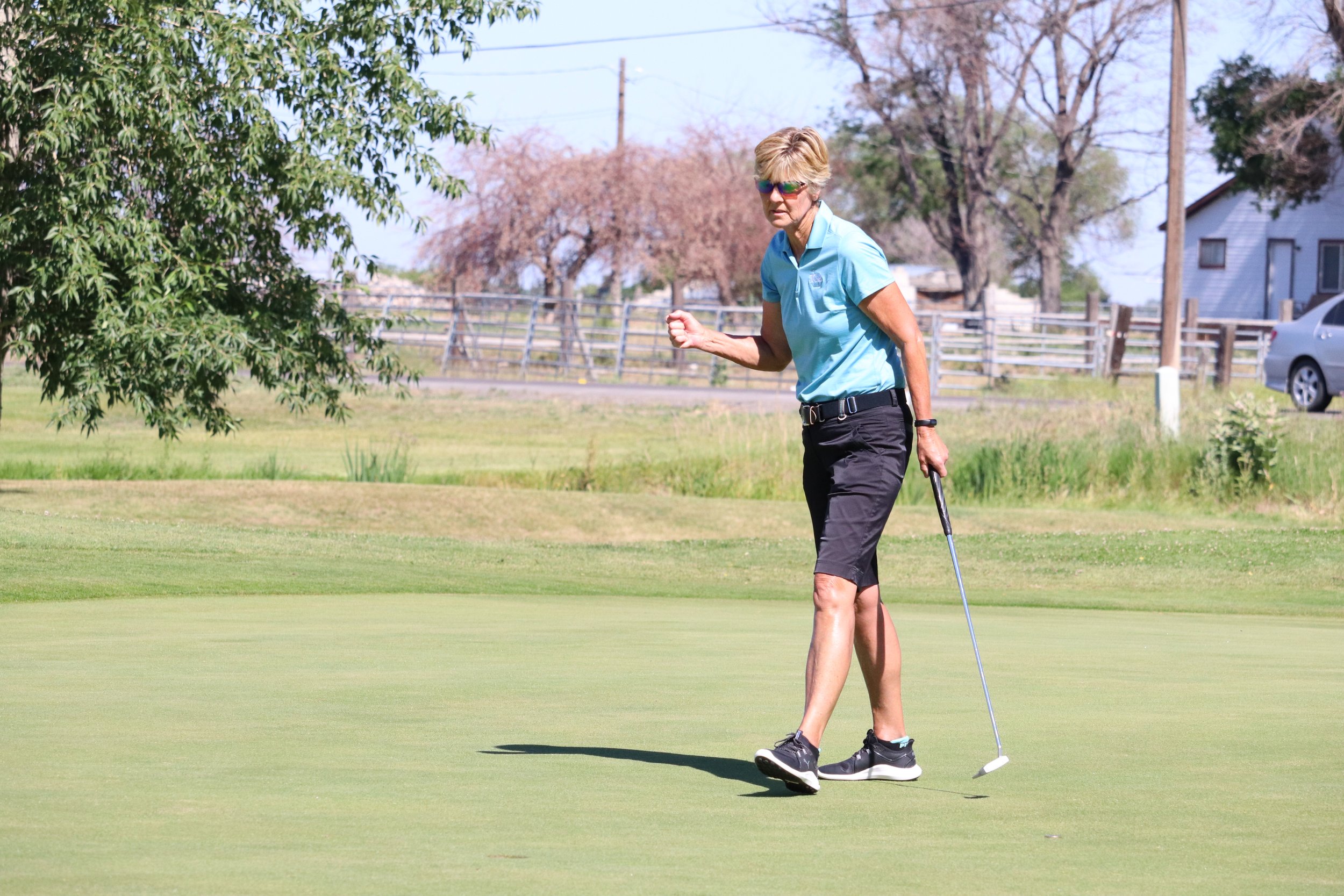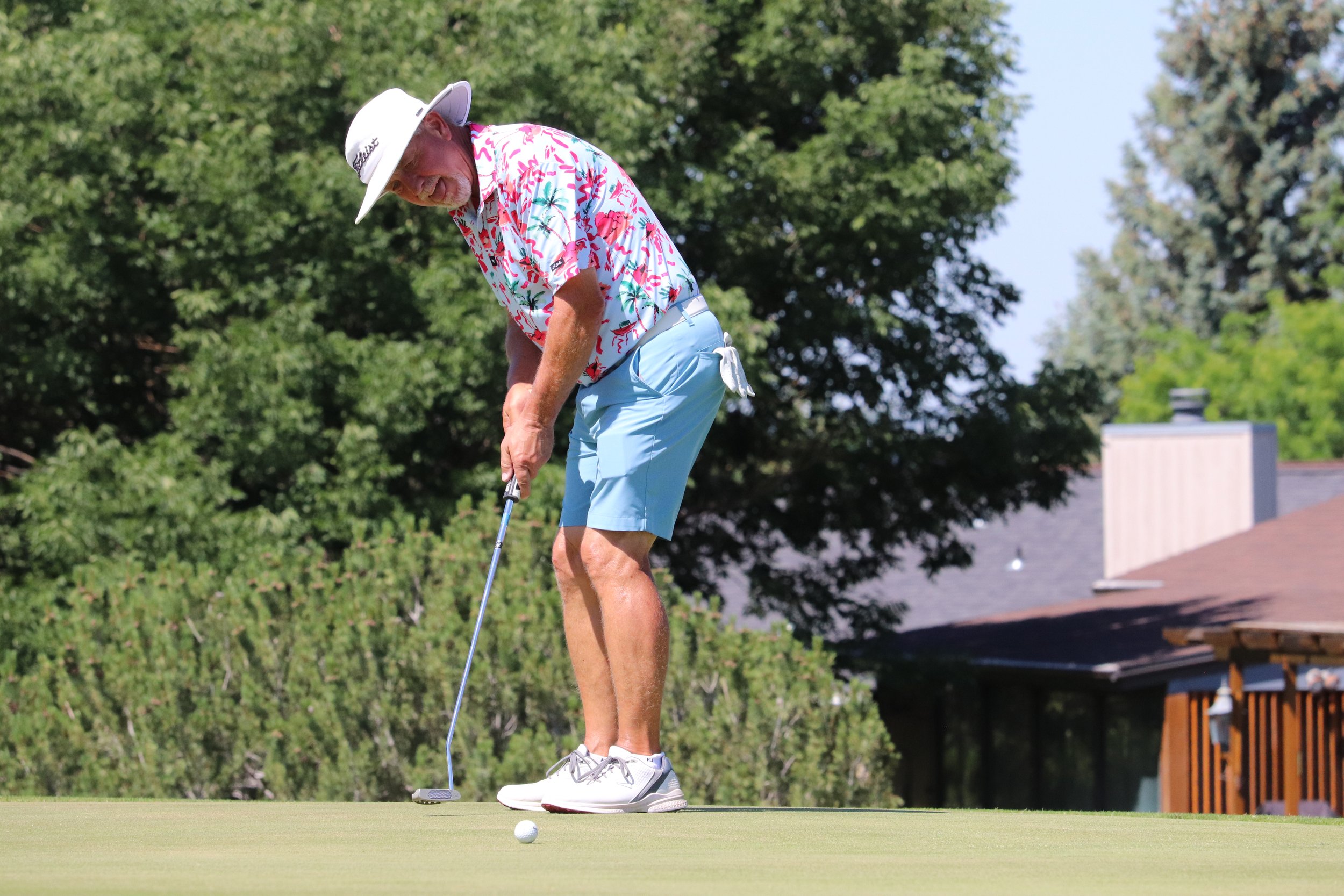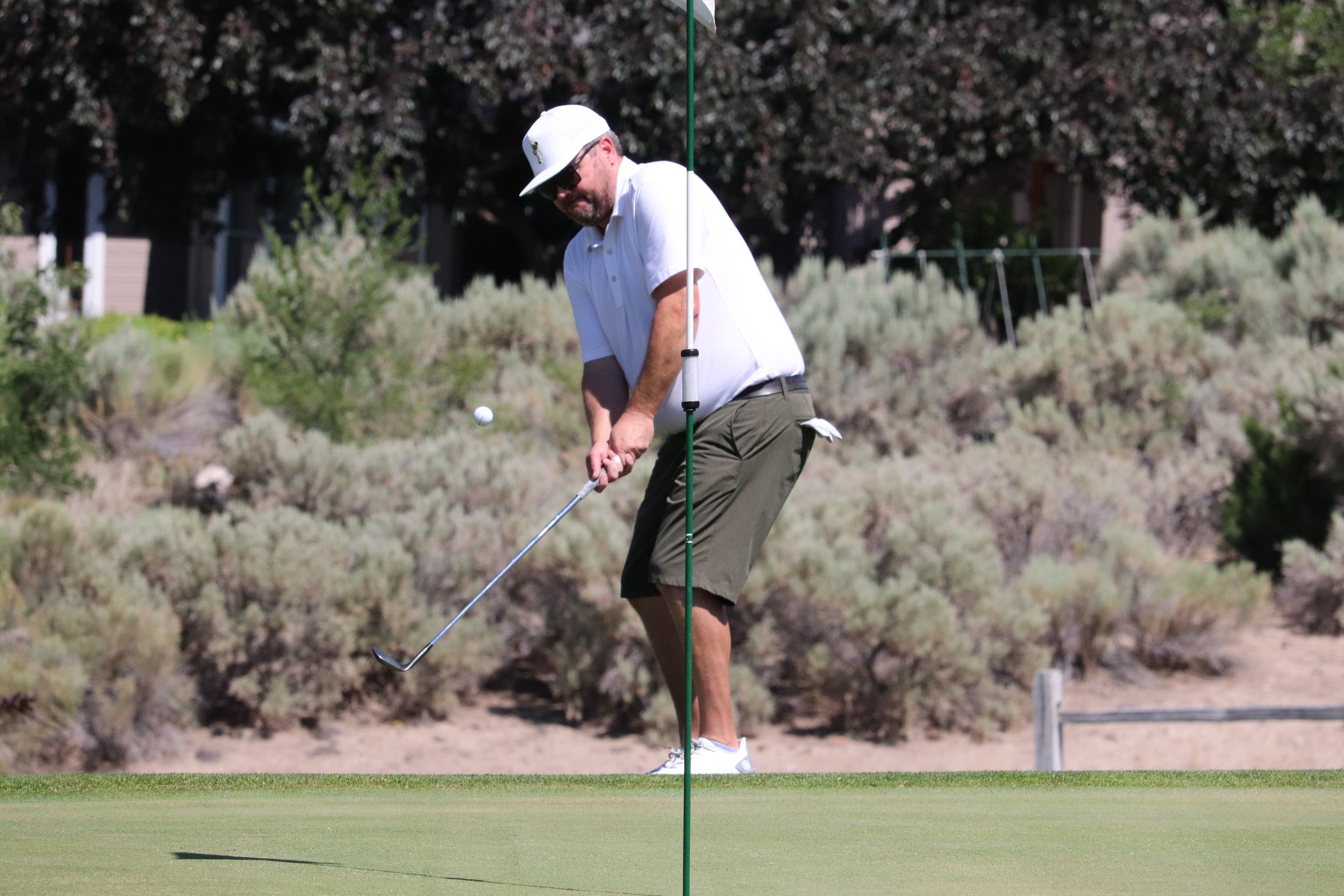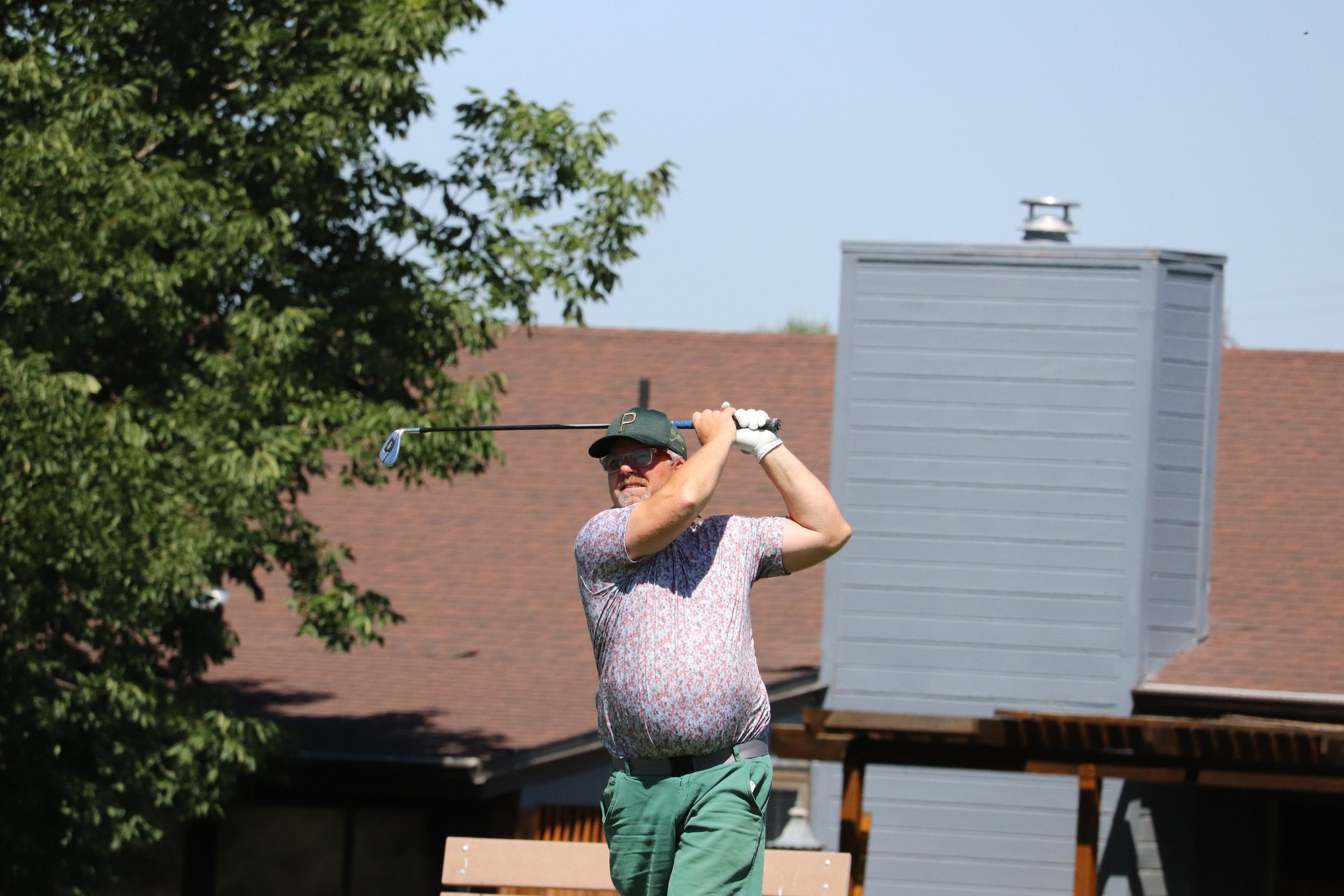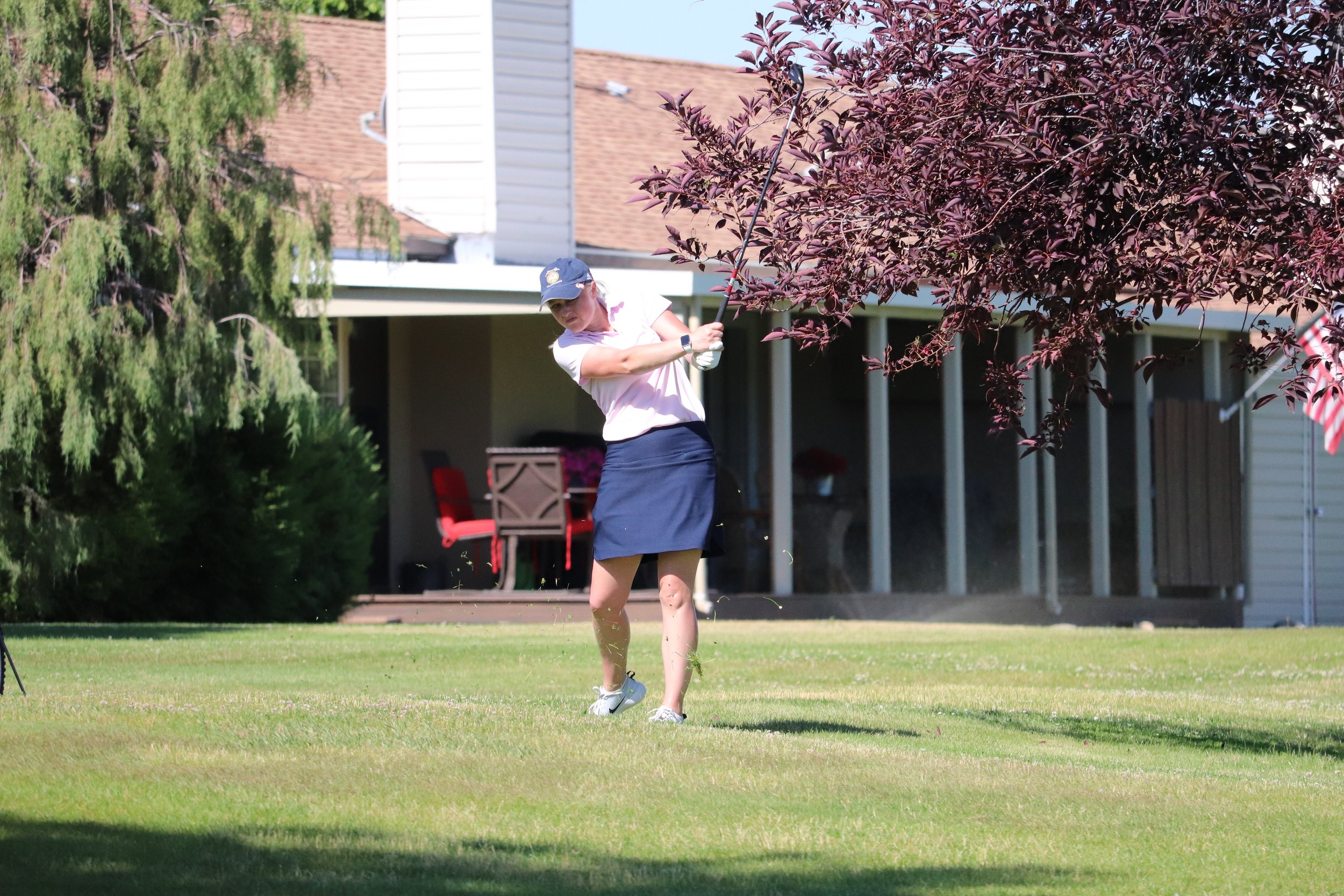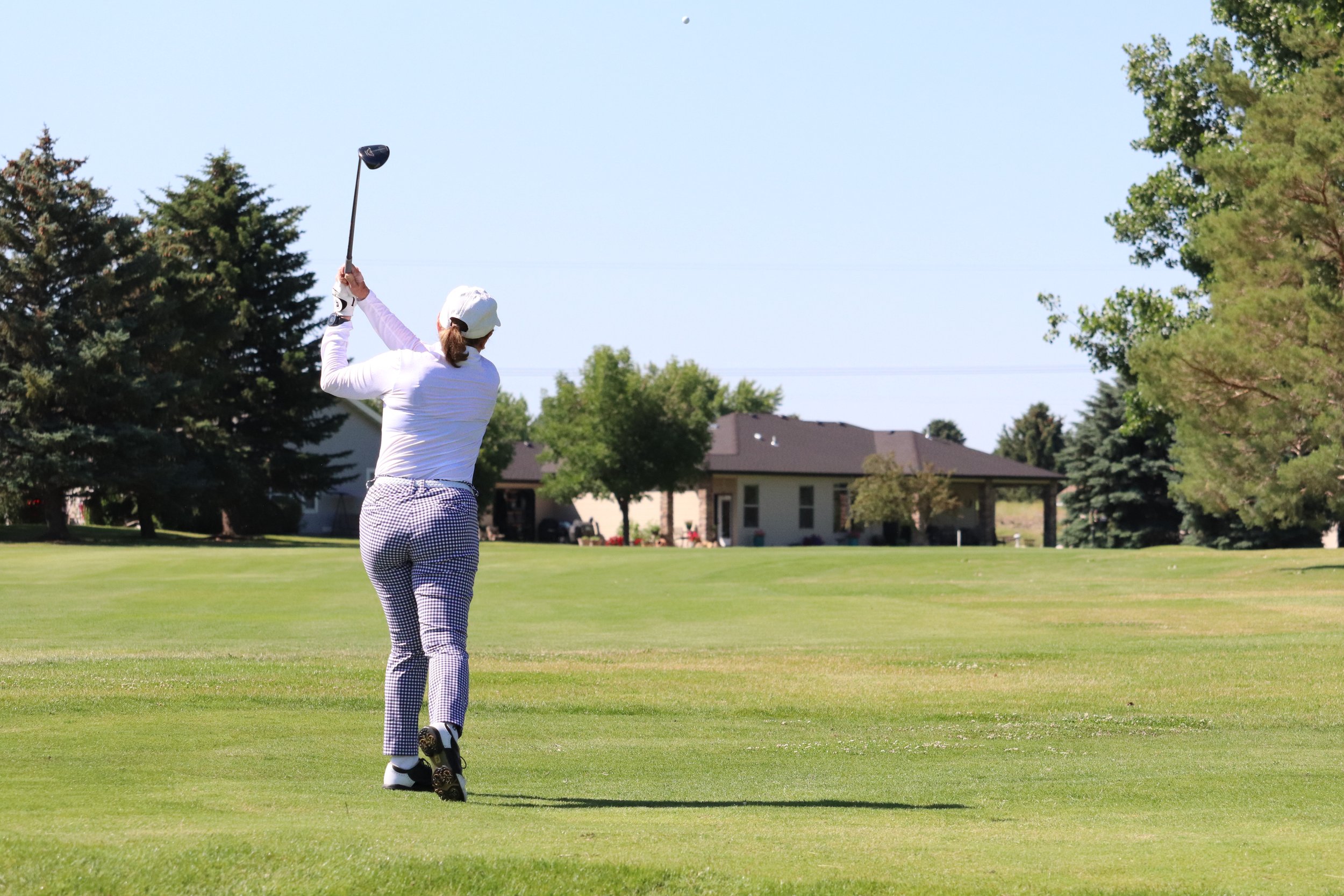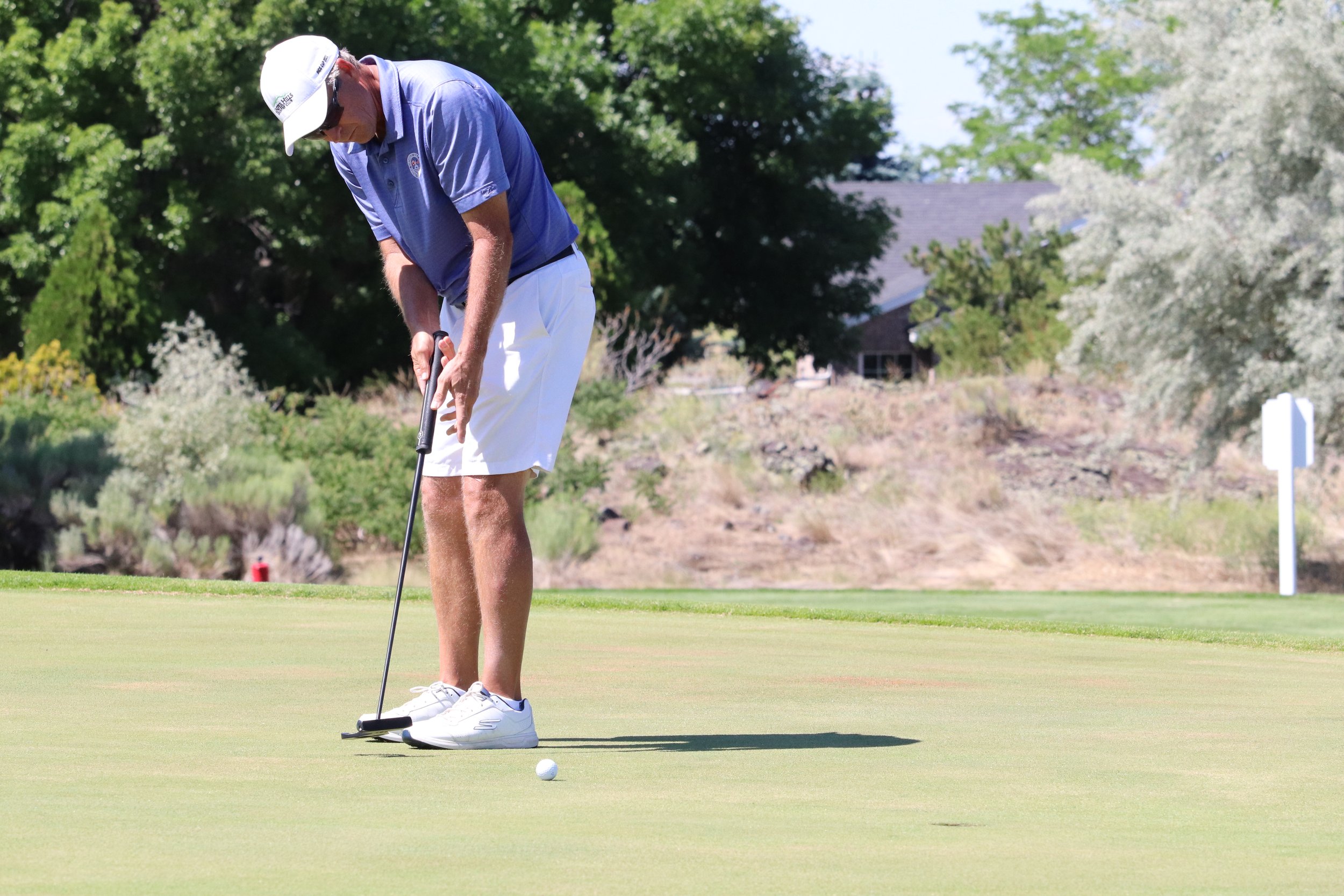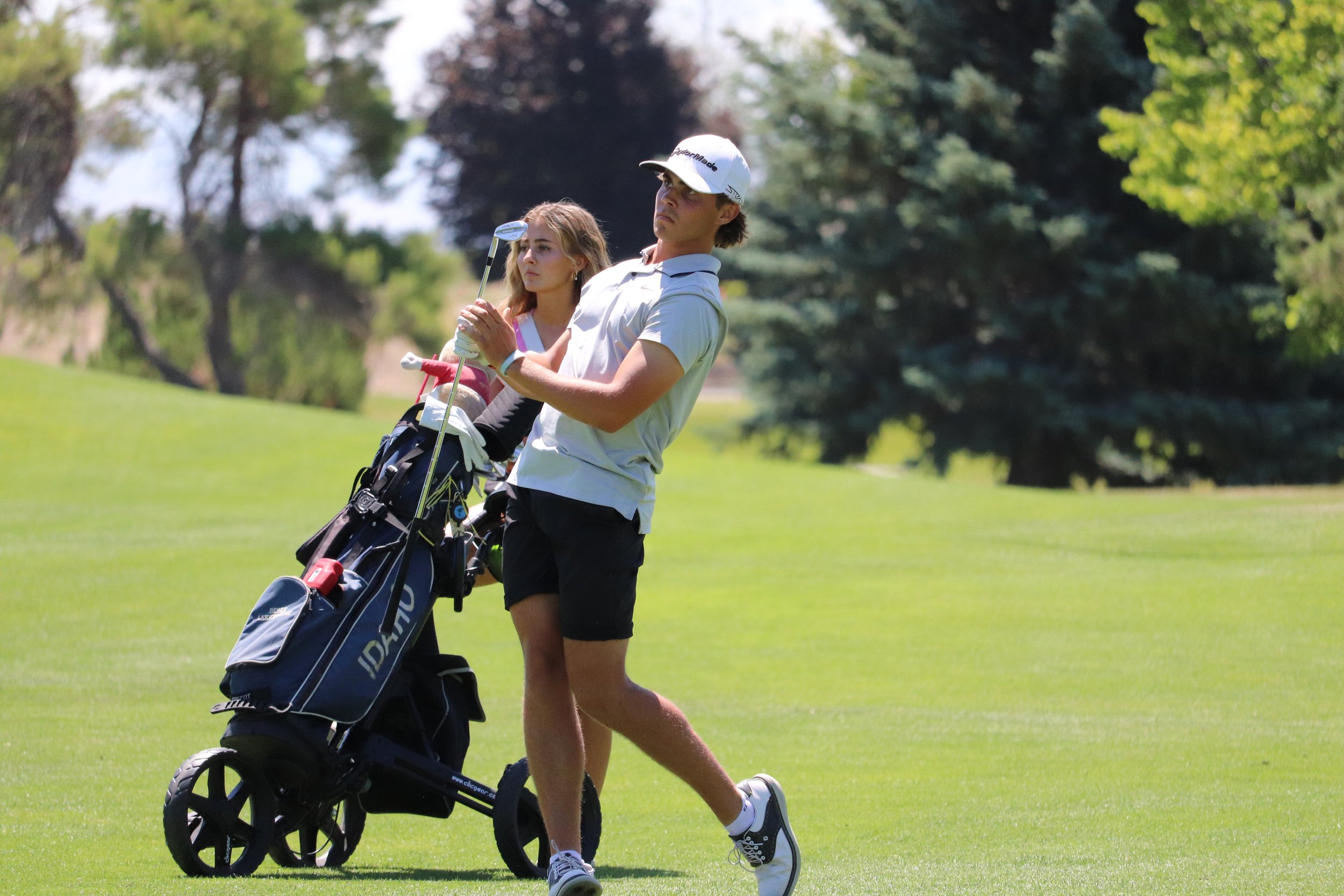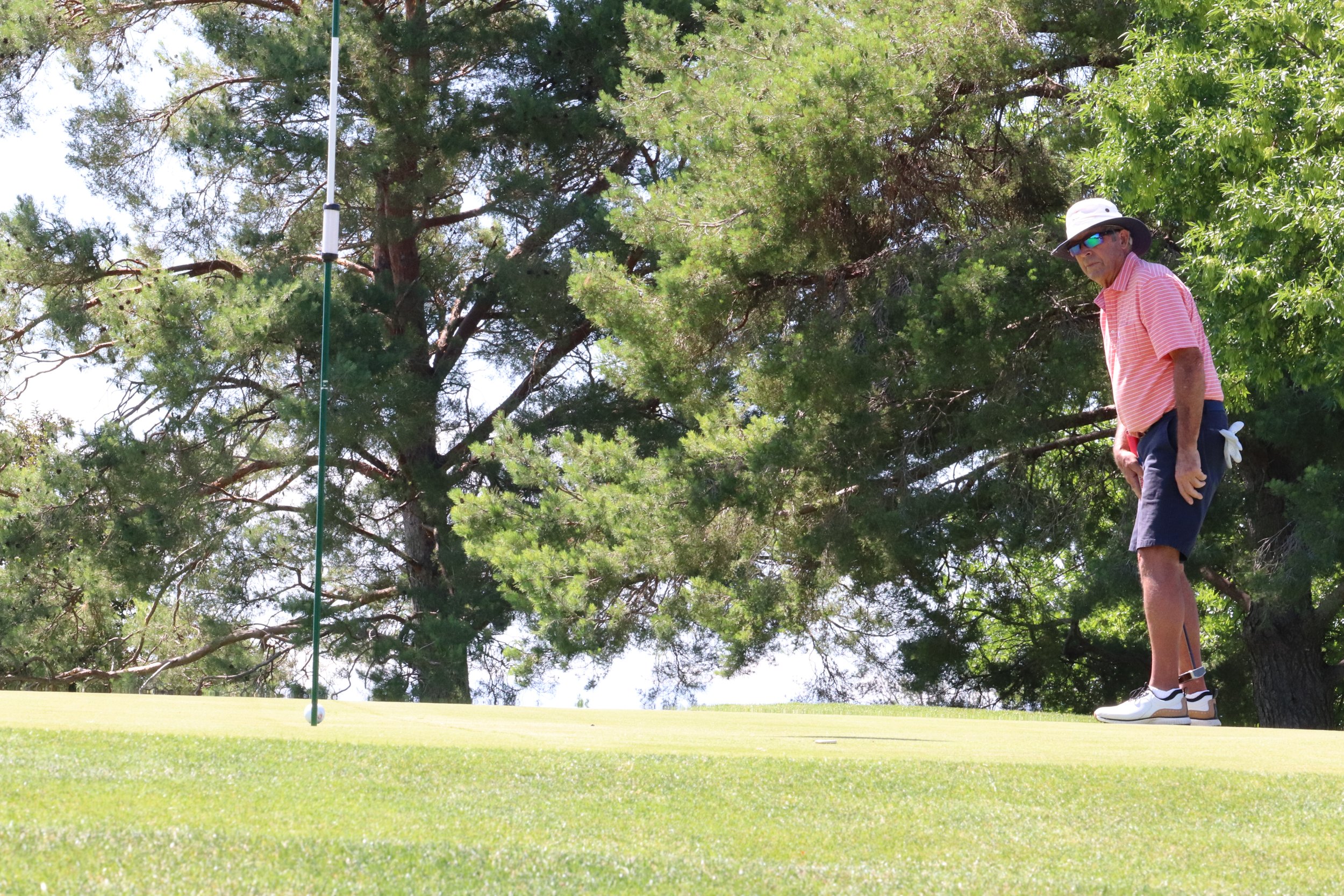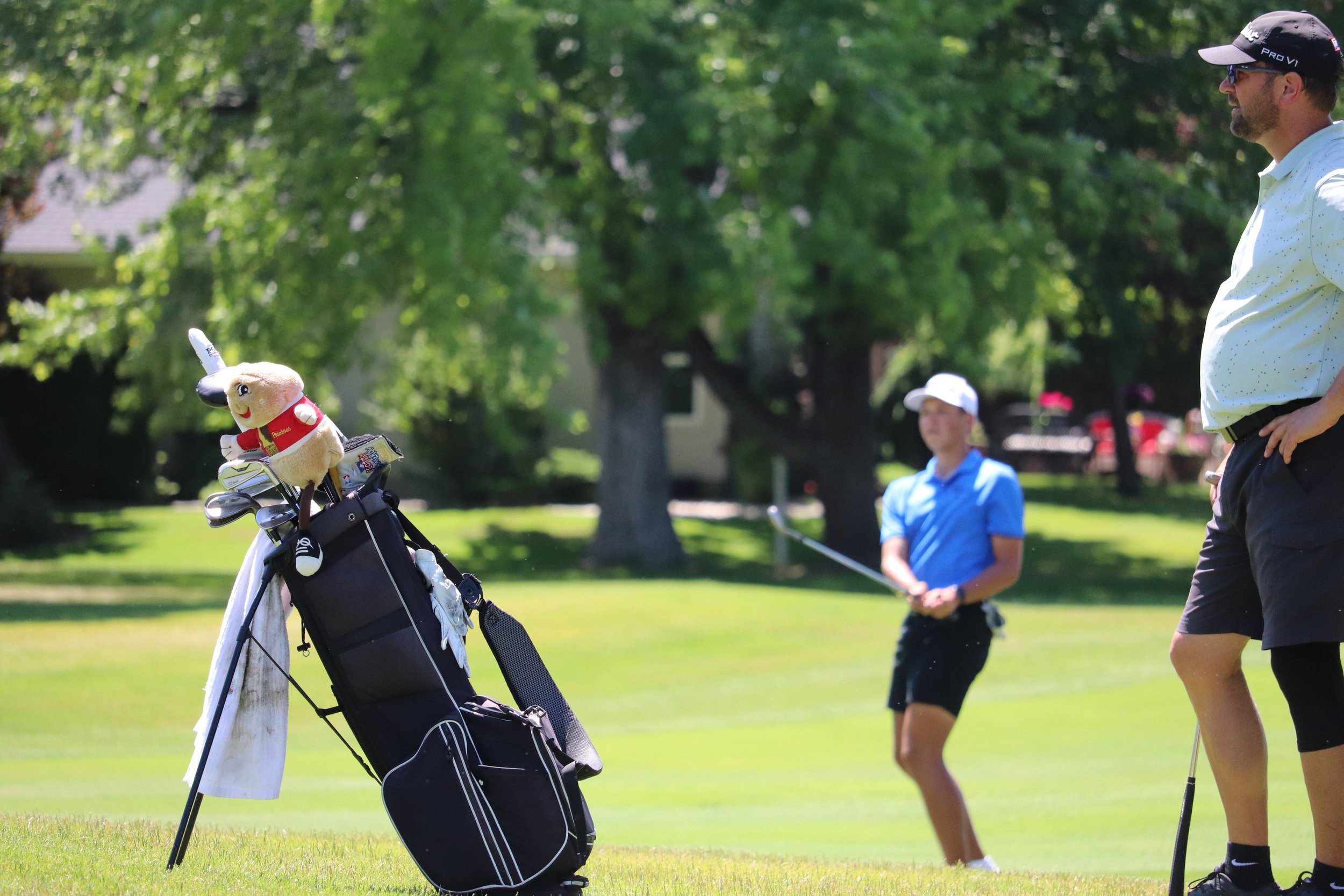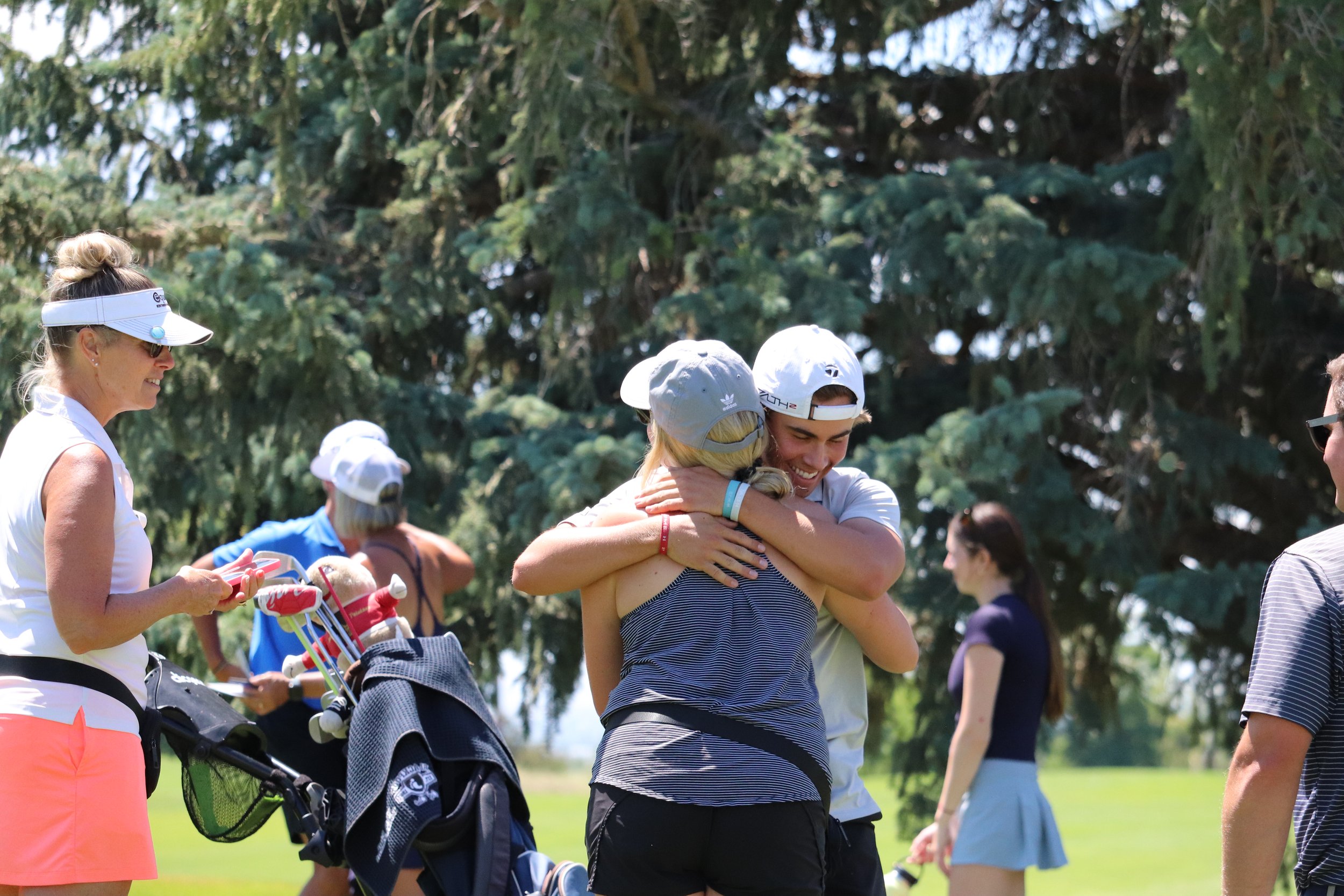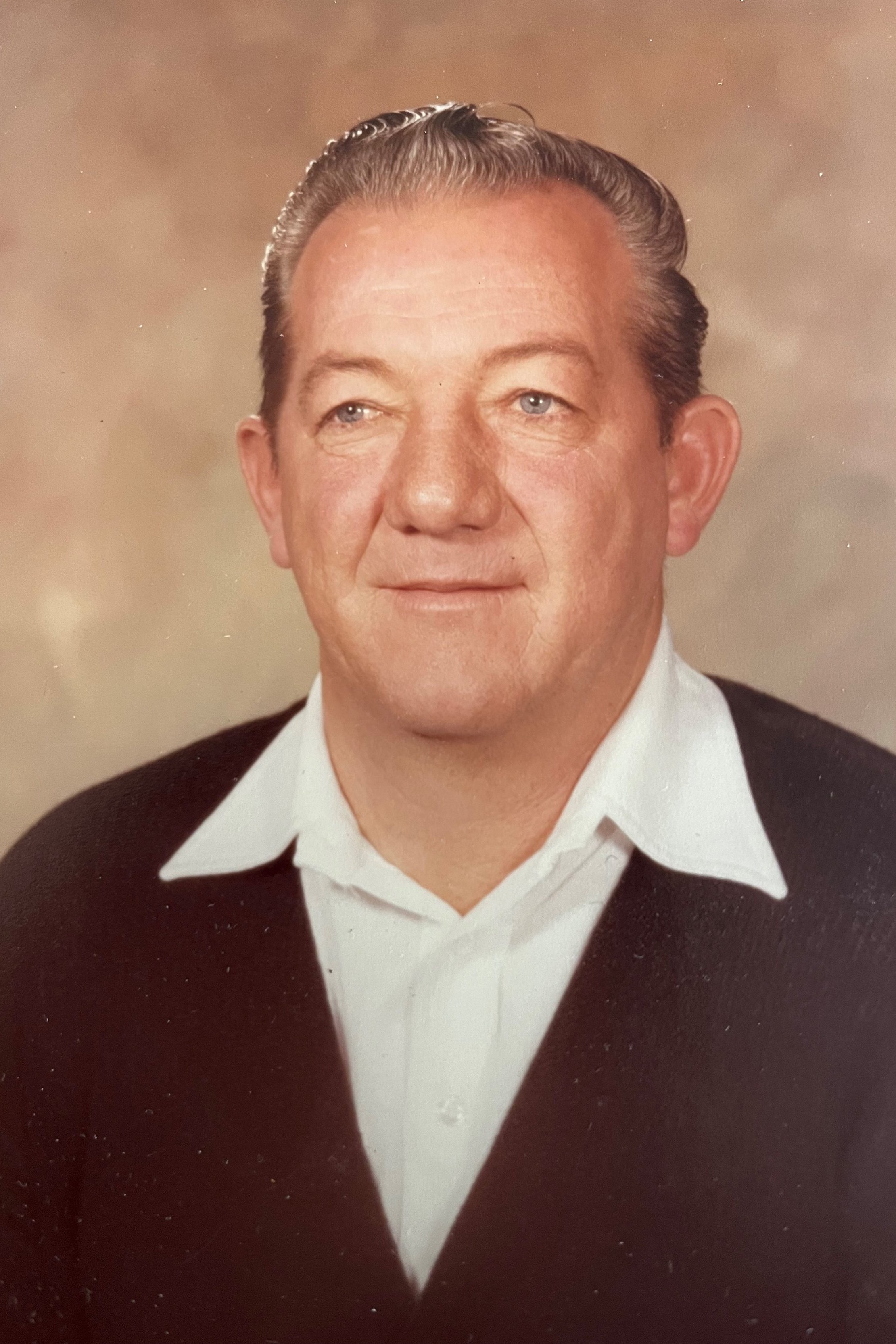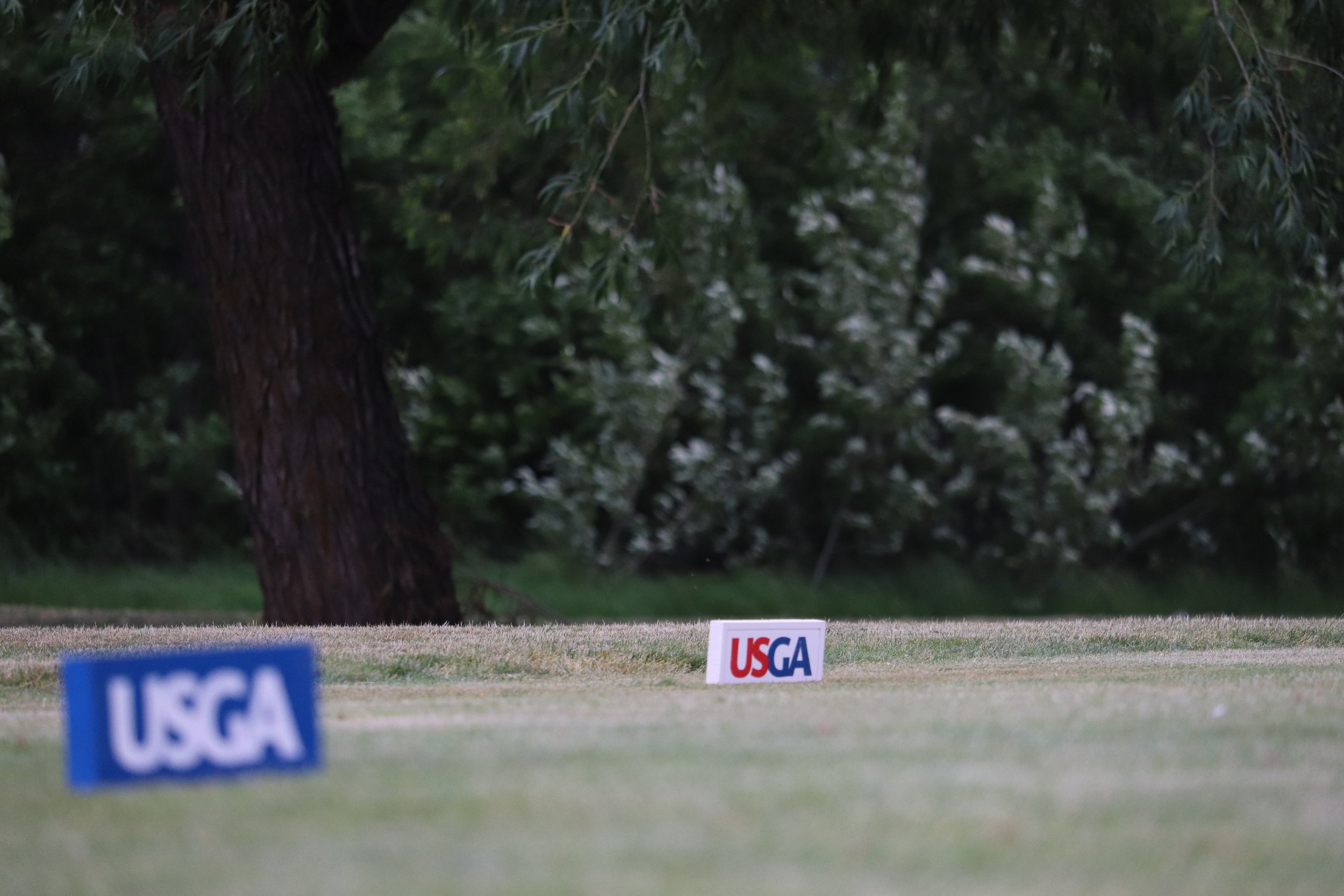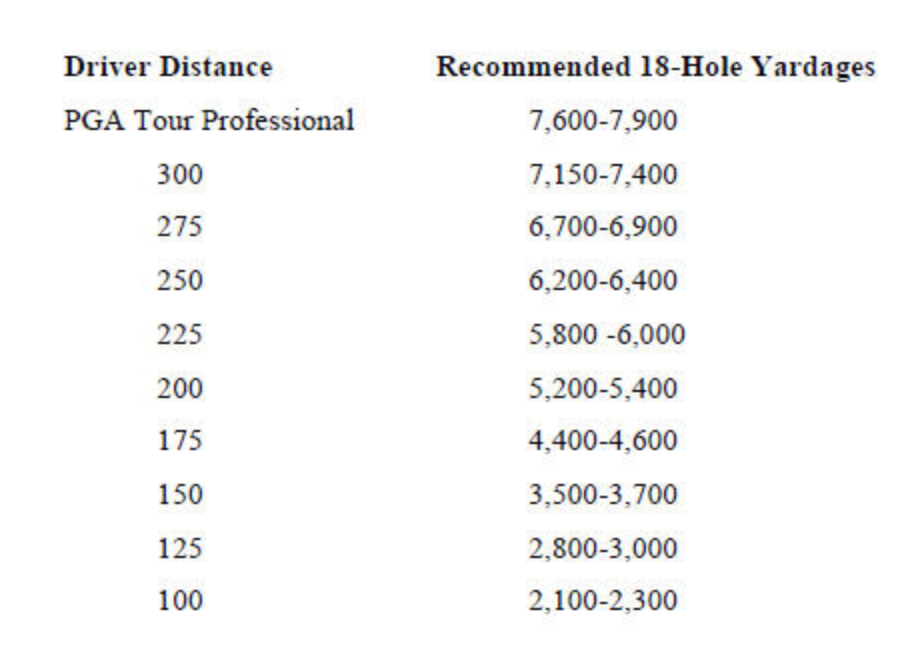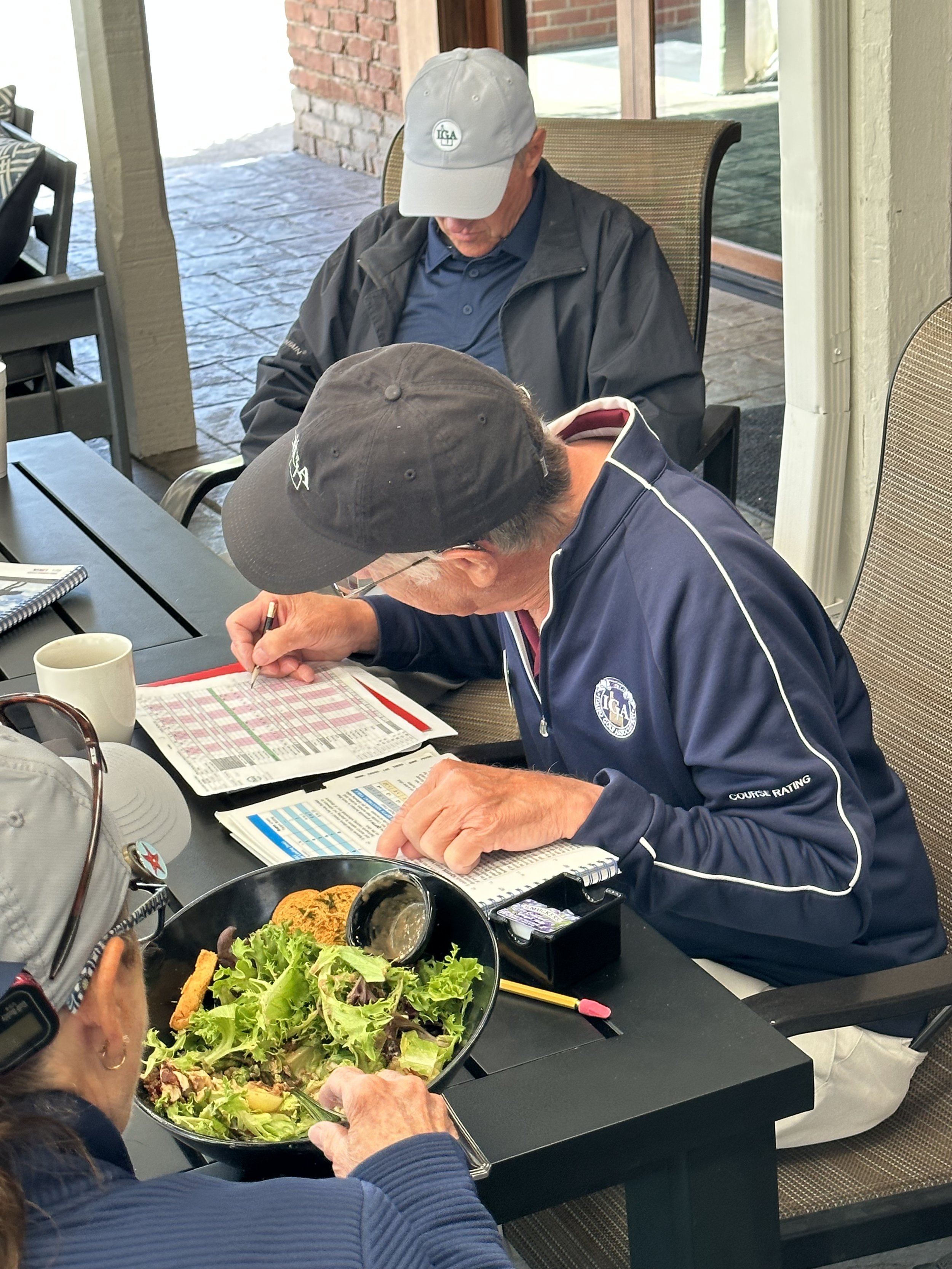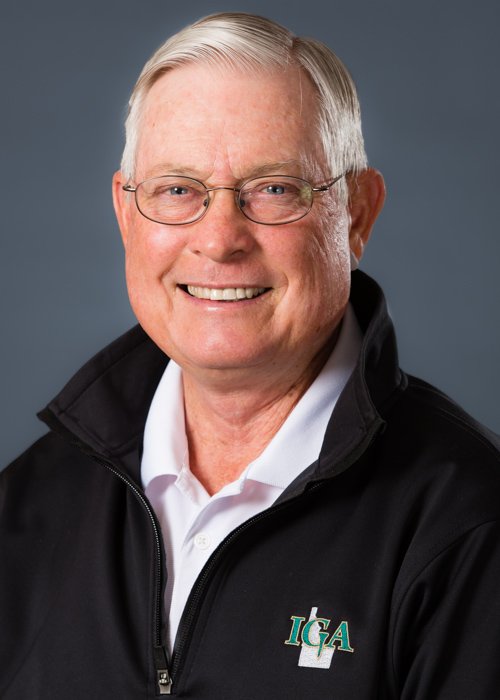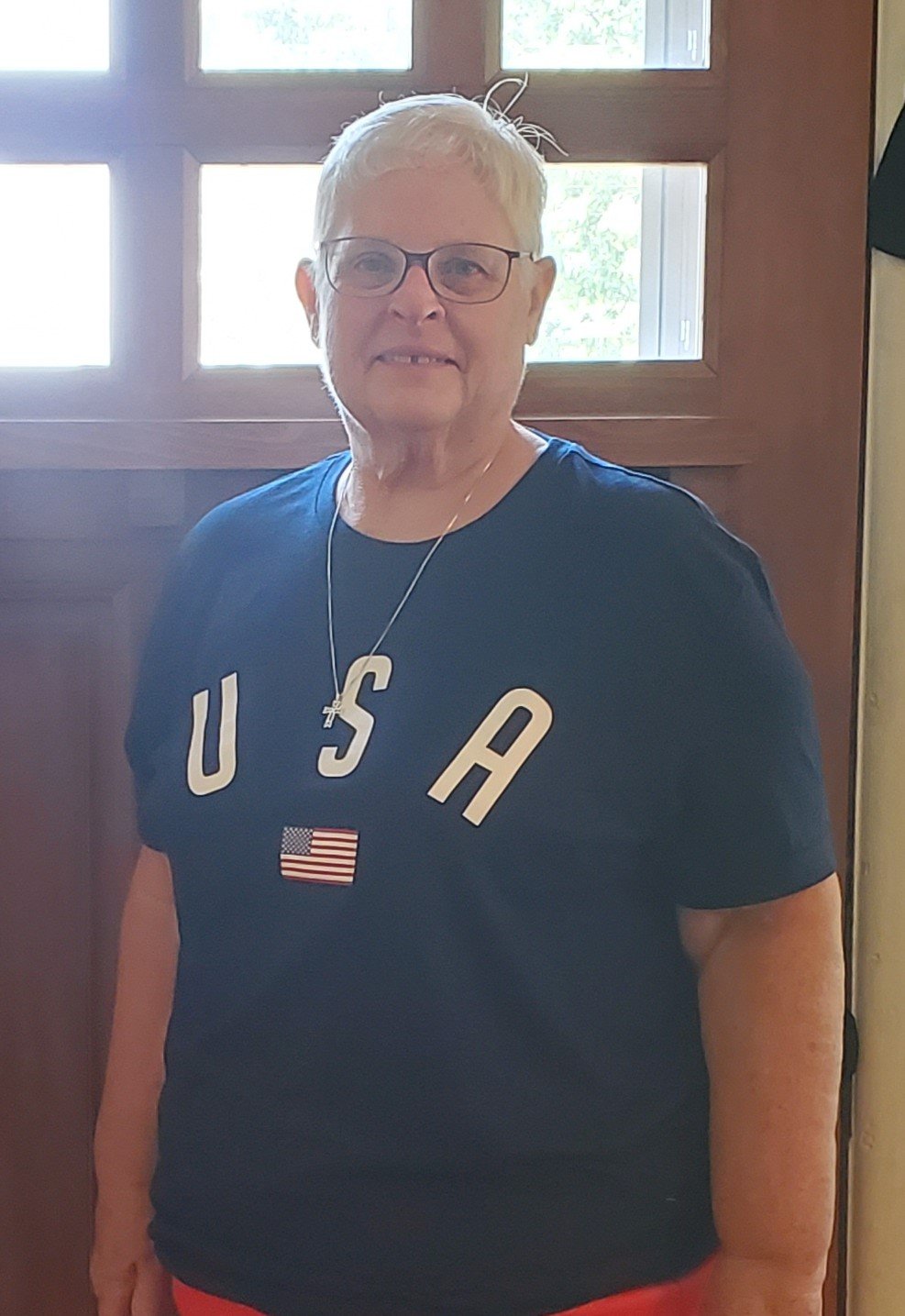Things were going just according to plan for Kris Fenwick as she made her way through the turn in the first round of 2023 IGA Match Play Championship. The No. 2 seed in the Senior Women’s Division had won three consecutive holes to find herself 4 up through 10, firmly in control of her match against Marilyn Celano.
In match play, momentum is king, and Fenwick had plenty of it.
But then Celano bounced back with a birdie on the par-5 11th to pause Fenwick’s momentum and cut her own deficit down to three. After trading pars on holes 12 and 13, Celano rolled in another birdie on 14. As they walked off the 16th green, the match was square.
A difficult up and down from long left of the 17th green matched another routine par from Fenwick, moving the match to the 18th hole where Celano rolled in a 30-foot birdie putt to advance into the semifinals. Fenwick’s tournament had come to an abrupt end.
In match play, momentum is king, but he’s not always loyal.
“What are ya gonna do?” Fenwick said with a laugh.
As I watched Celano’s putt rattle into the back of the hole, having successfully flipped a match that had been drifting out of reach for the better part of four hours, I was reminded of what’s so beautiful about single-elimination match play. This kind of rapid changing of the tide — whether it be a heroic comeback or harrowing collapse — lives at the core of what makes match play so compelling. It’s unkind and unfair; merciful and rewarding; impossible to predict. The undercurrent can change direction without notice, and suddenly you’re a mile down shore wondering how you could have lost.
“The momentum shift was so subtle,” Fenwick said. “I didn’t really change anything... and then it was tied. I can only think of two swings I wish I had over again; neither one was horrible, but just bad enough.”
Despite the rarity of match play championships in the modern game, match play represents golf in its original form. When itinerant fisherman invented the game in the sand dunes of Scotland some four centuries ago, stroke play never crossed their minds.
Even Old Tom Morris, were you lucky enough to see him as you walked off the 18th hole at St. Andrews, probably wouldn’t ask “what did you shoot?” He’d want to know who you beat.
In fact, the ubiquity of stroke play is something of an American invention. In 1911, the USGA introduced the word “par” to establish the expected score of an expert player on a given hole (that’s right, ‘expert’ player; stop crying about bogeys!). If you look back at major championship results prior to that year, scores were listed in terms of the total number of strokes made over the course of the tournament. This evolution played a critical role in making stroke play the game’s dominant format, leading players to prioritize their success against the course rather than against the player beside them. By emphasizing total score, we’ve de-emphasized a competitive element that makes many other sports so engaging for broader audiences.
“You’re definitely more aware of what the other person is doing.” Fenwick said. “It’s not that it changes my strategy, it just puts more pressure on you, or it doesn’t if they hit a bad shot... In stroke play... you’re just worried about your score, or you know that tomorrow you can make up a shot or two if you just had a bad hole. Whereas match play, you know every swing where you stand and there is that little bit more pressure.”
Match play is much more of a competitive waltz than a lonesome walk. You can’t afford to withdraw from the world and focus on yourself. You’re forced to engage — to react and respond — to someone who’s out to beat you and you alone.
Skeptics of match play cite the randomness and small sample sizes as the format’s critical flaw, and they make a fair point. The reason 72-hole stroke play is played on professional tours is because it’s the most reliable way to identify the best players. With a larger sample size, the cream tends to rise to the top — you can only get hot for so many holes.
But if you’re going to tell me you don’t love to see the underdogs prevail, I better not catch you filling out a bracket next March.
Not only has match play become a novelty in organized competitive golf, it’s also less commonly played by recreational golfers. Looking to maintain their handicap (which is a valuable thing for all players), many golfers will go out with their Sunday foursome and focus on their own score. What they miss out on is a much more dynamic format. In match play, a sloppy eight won’t ruin your round — you’ve only lost one hole, or, if your buddy makes nine, you’re walking off the green with a big, fat, cheeky grin on your face.
Wouldn’t life be better if we all had a reason to smile at snowmen on the scorecard?

